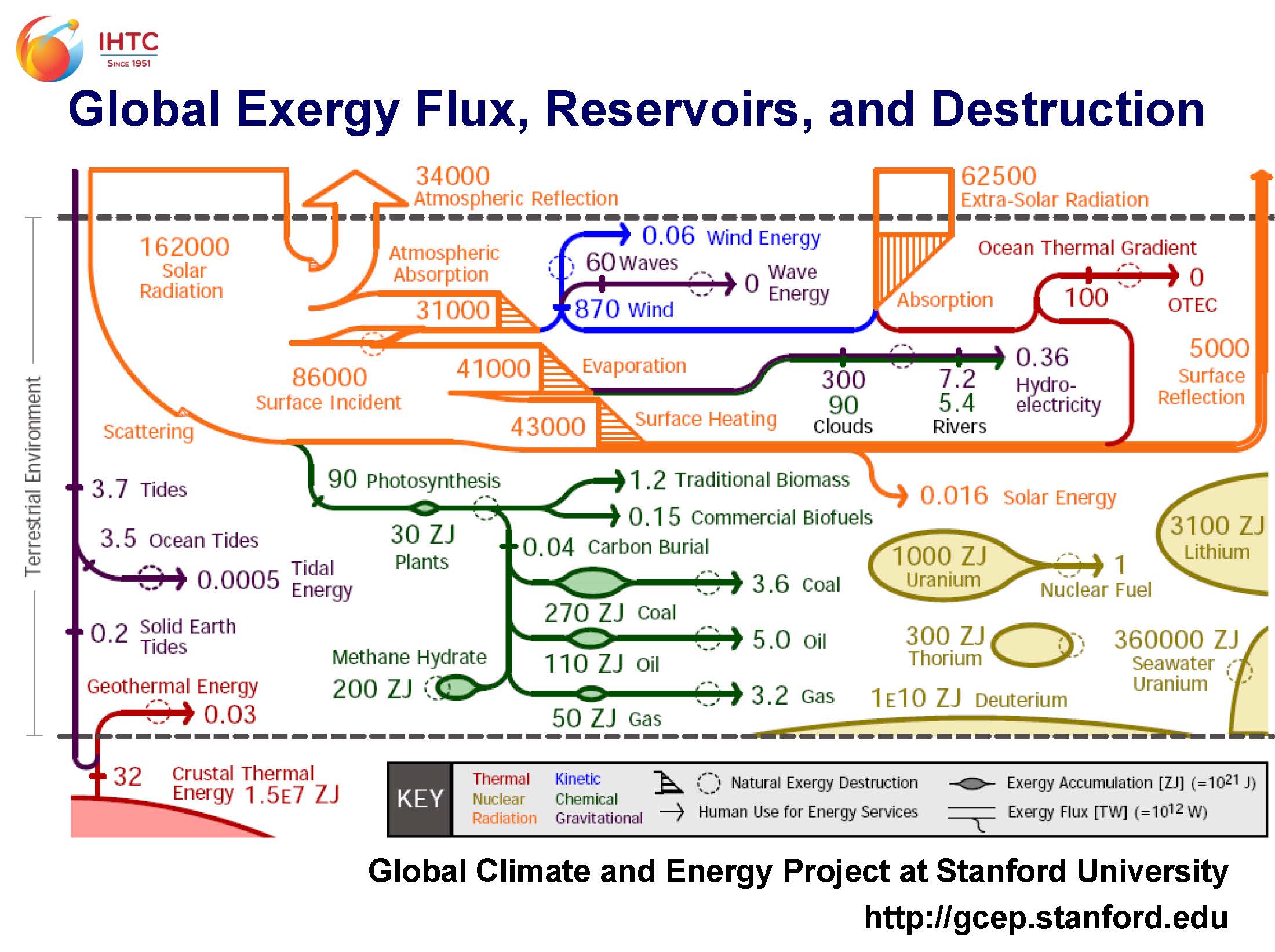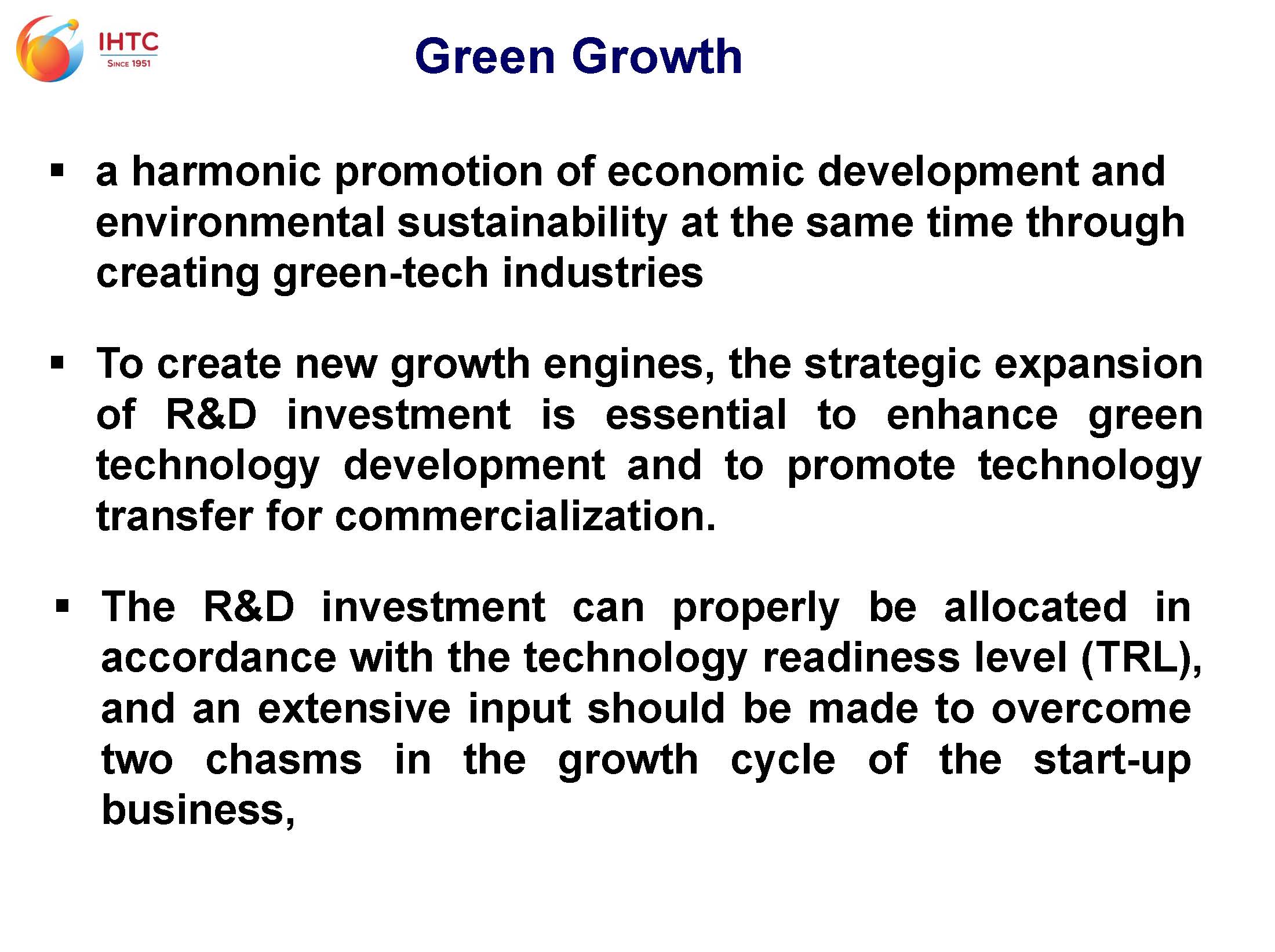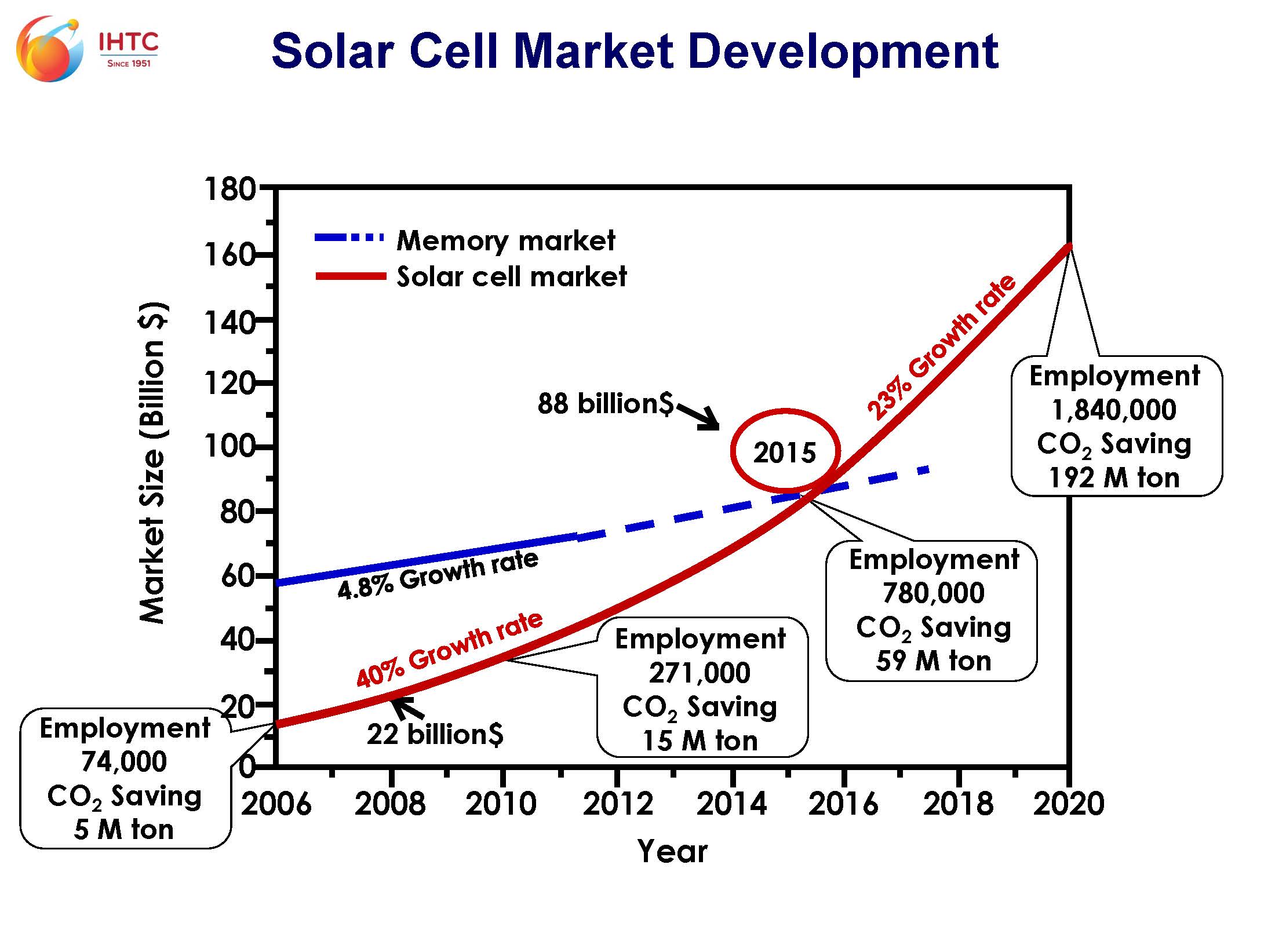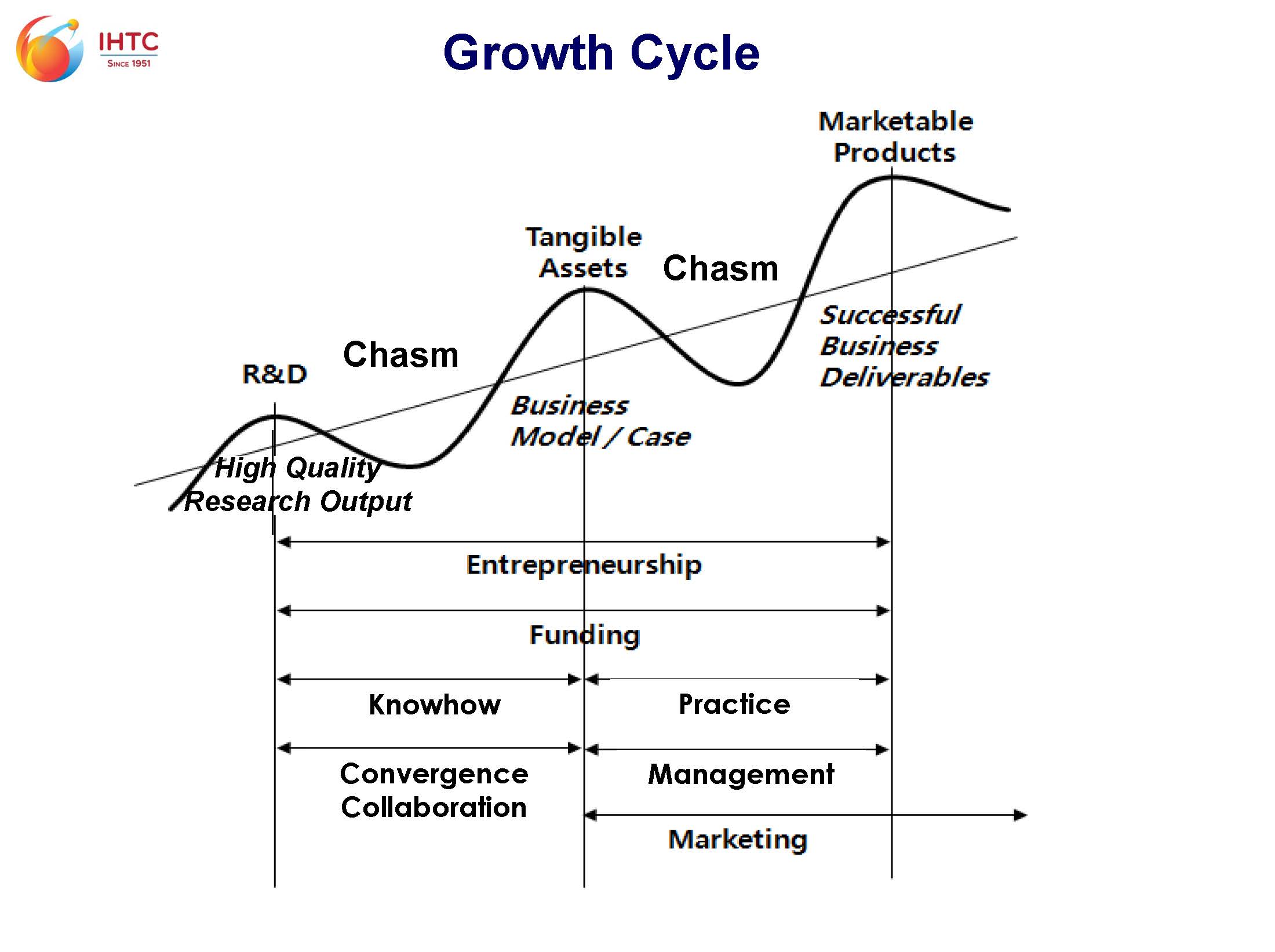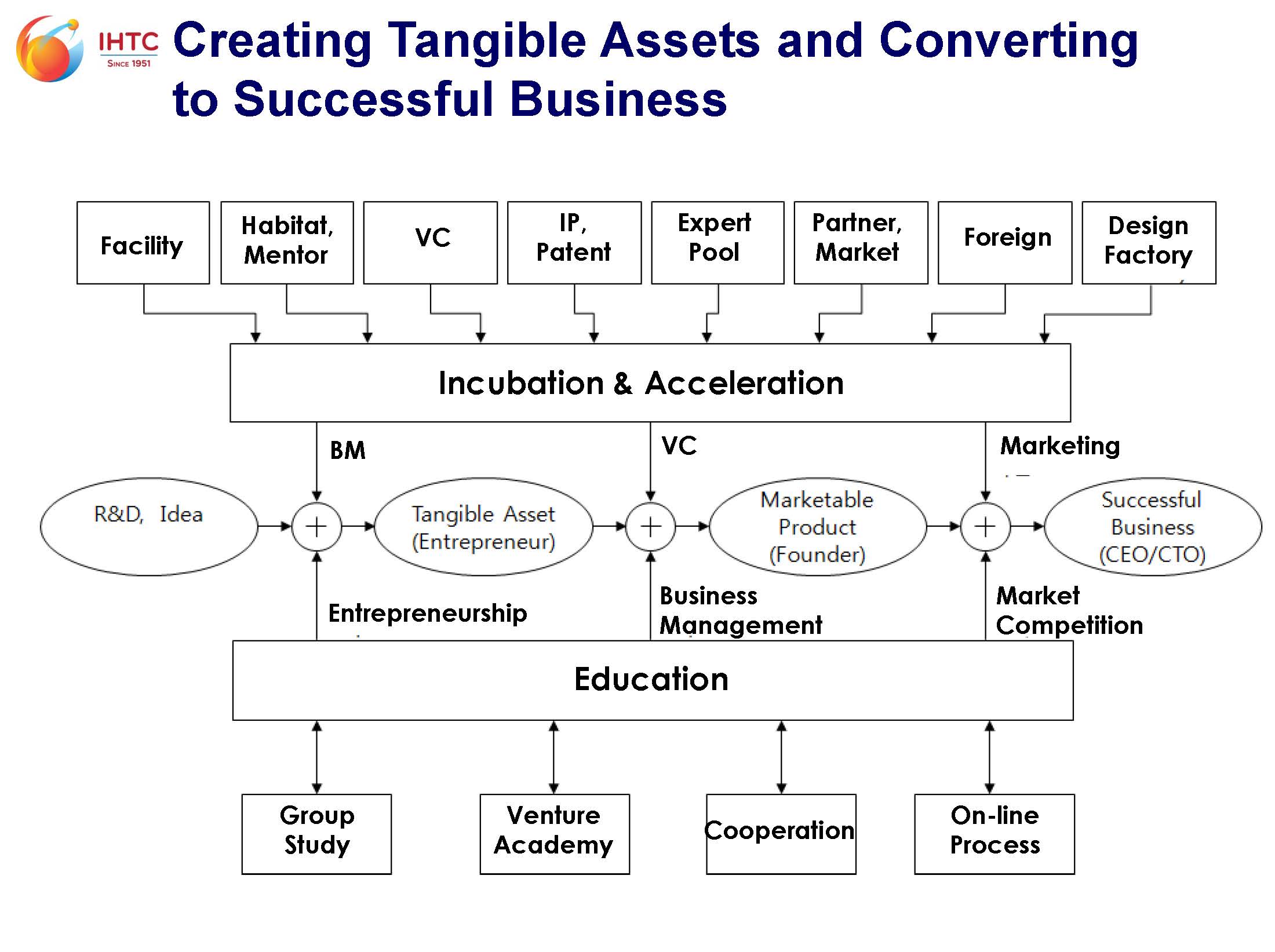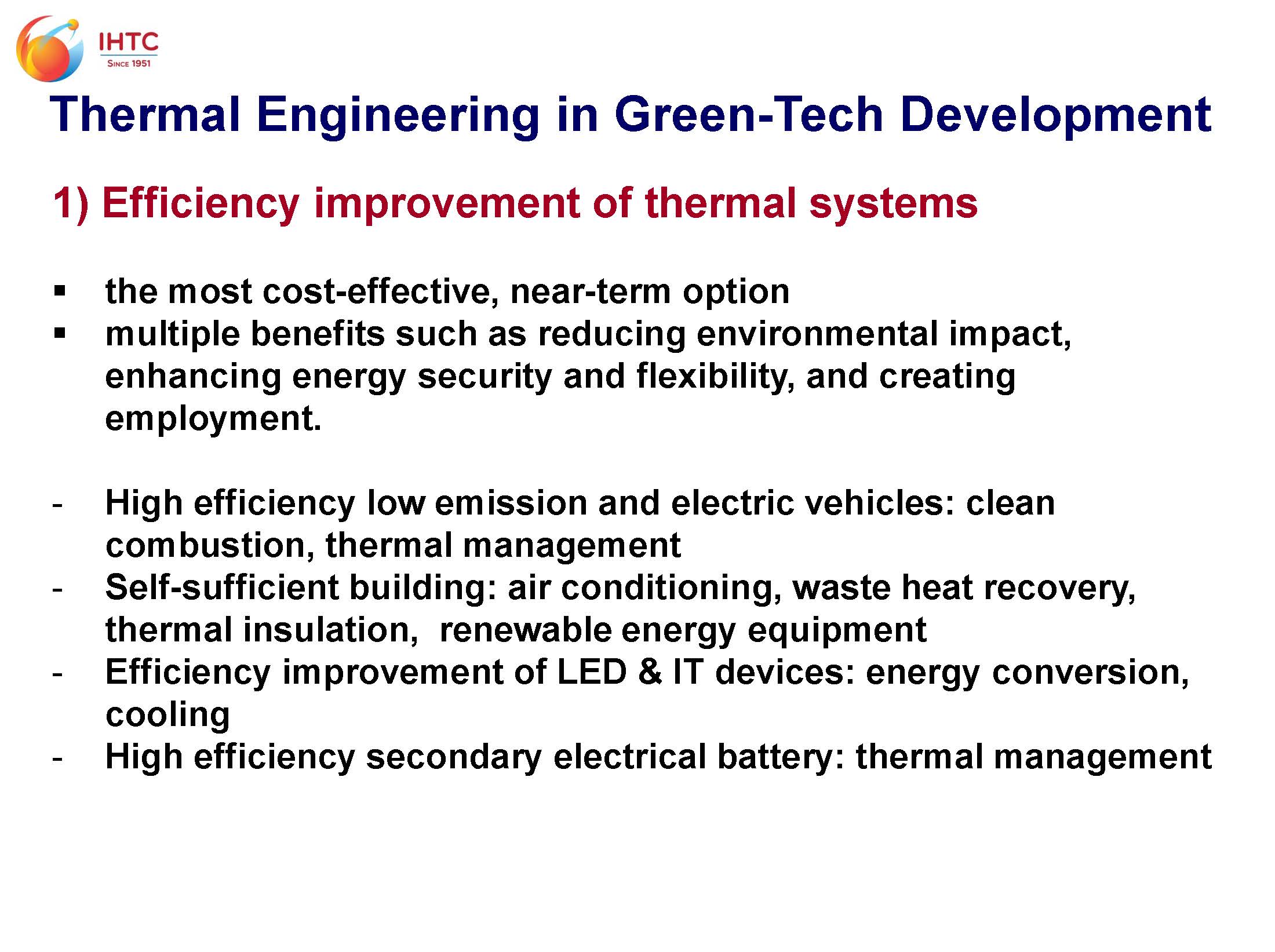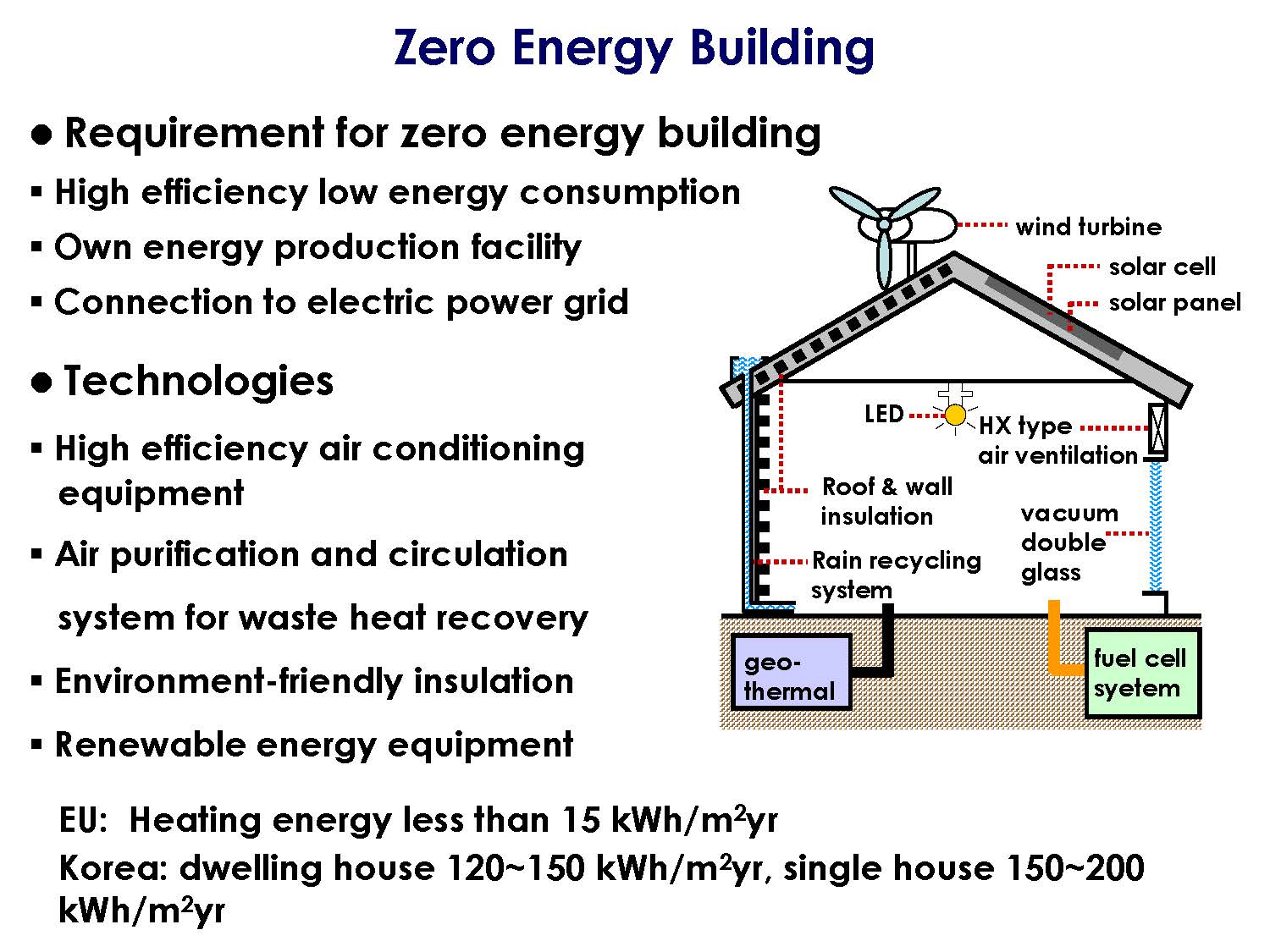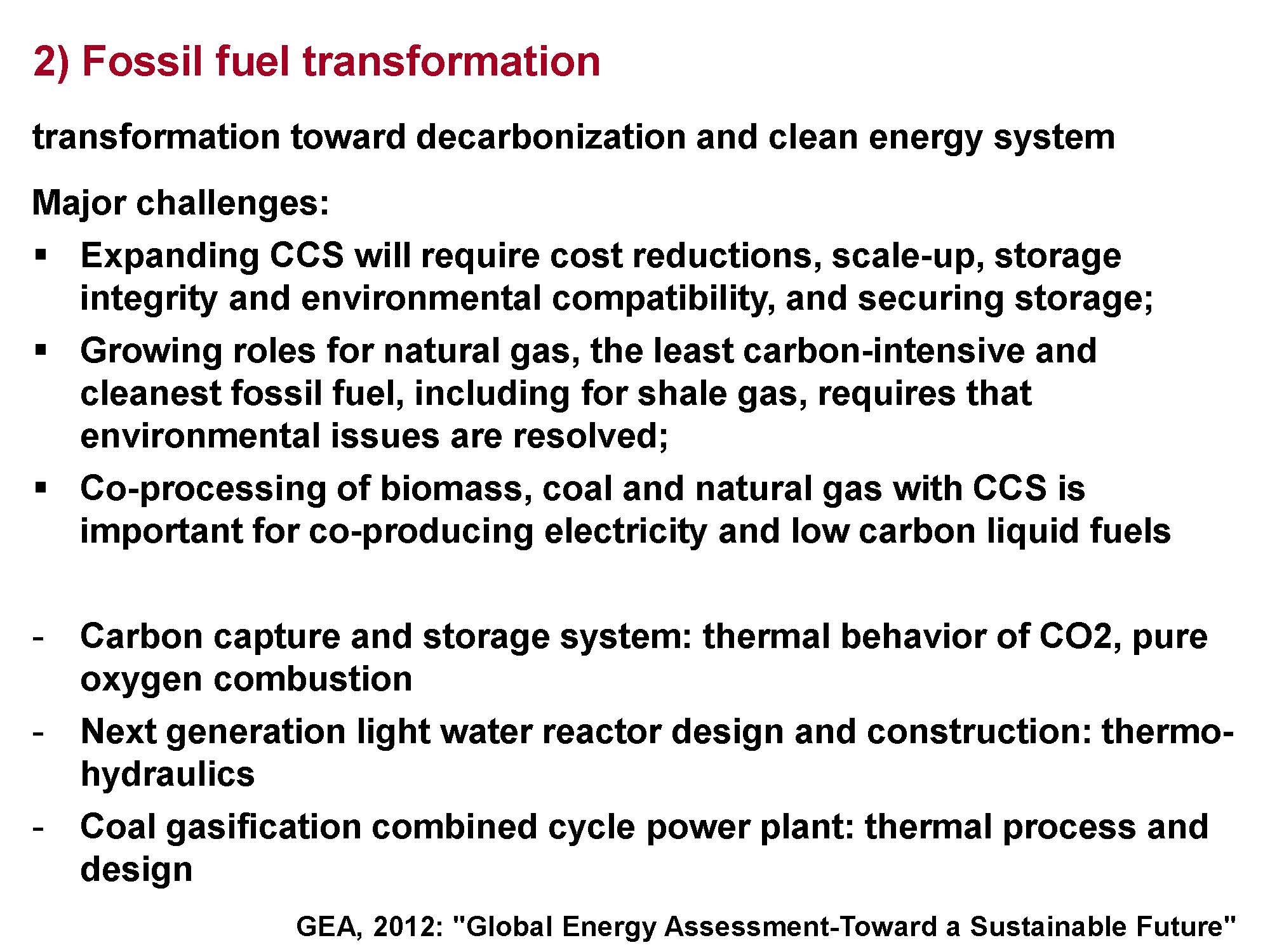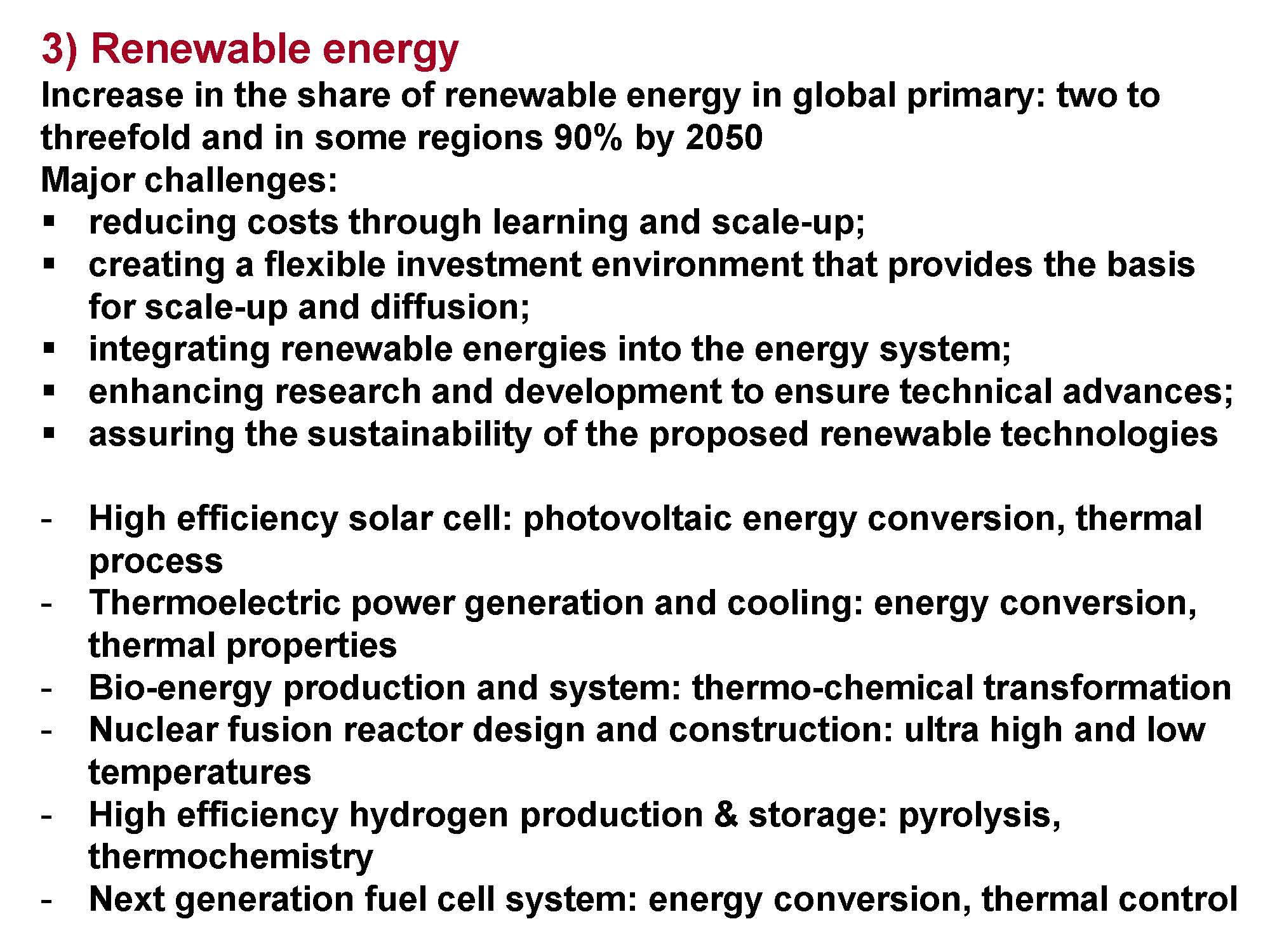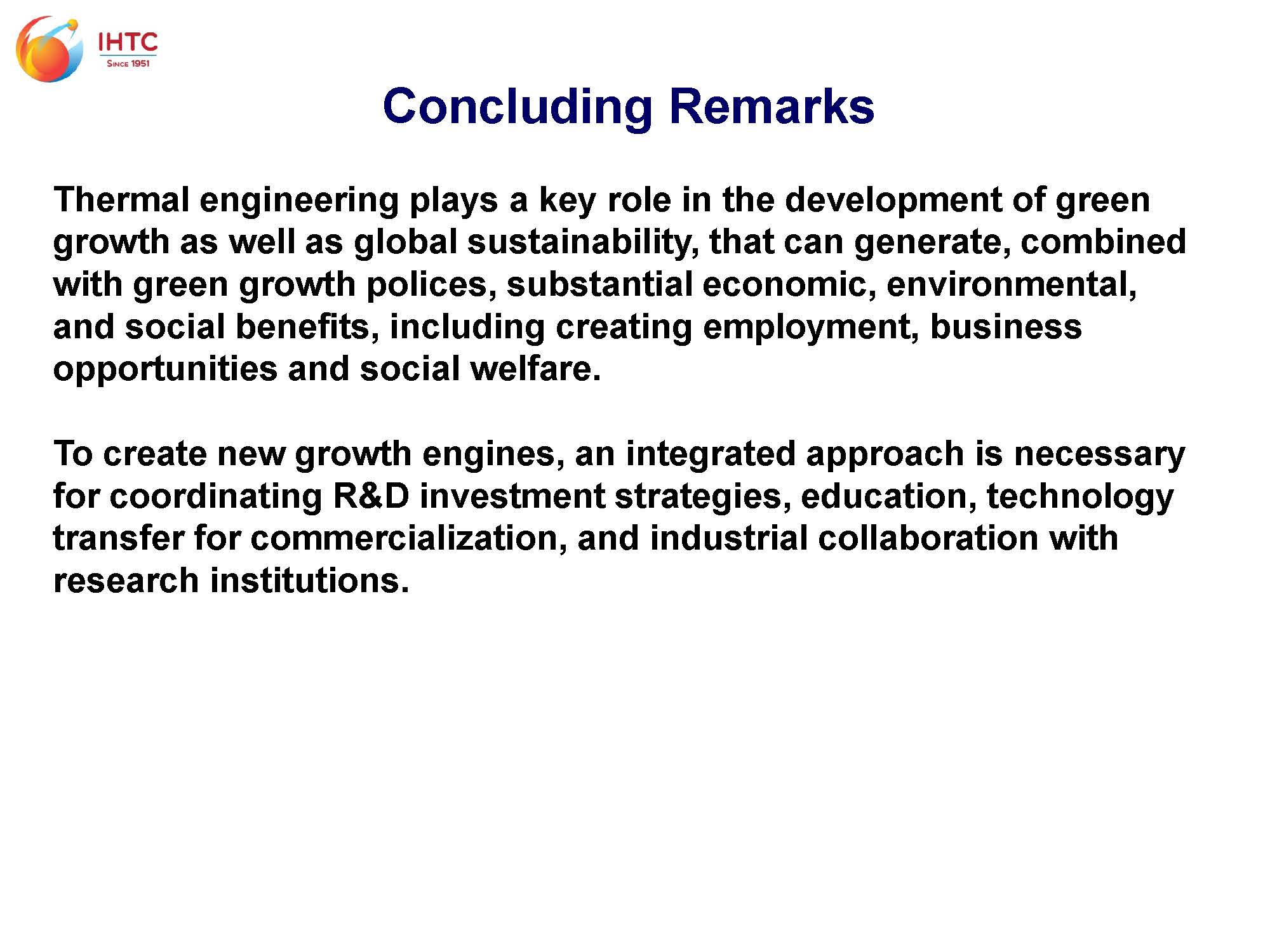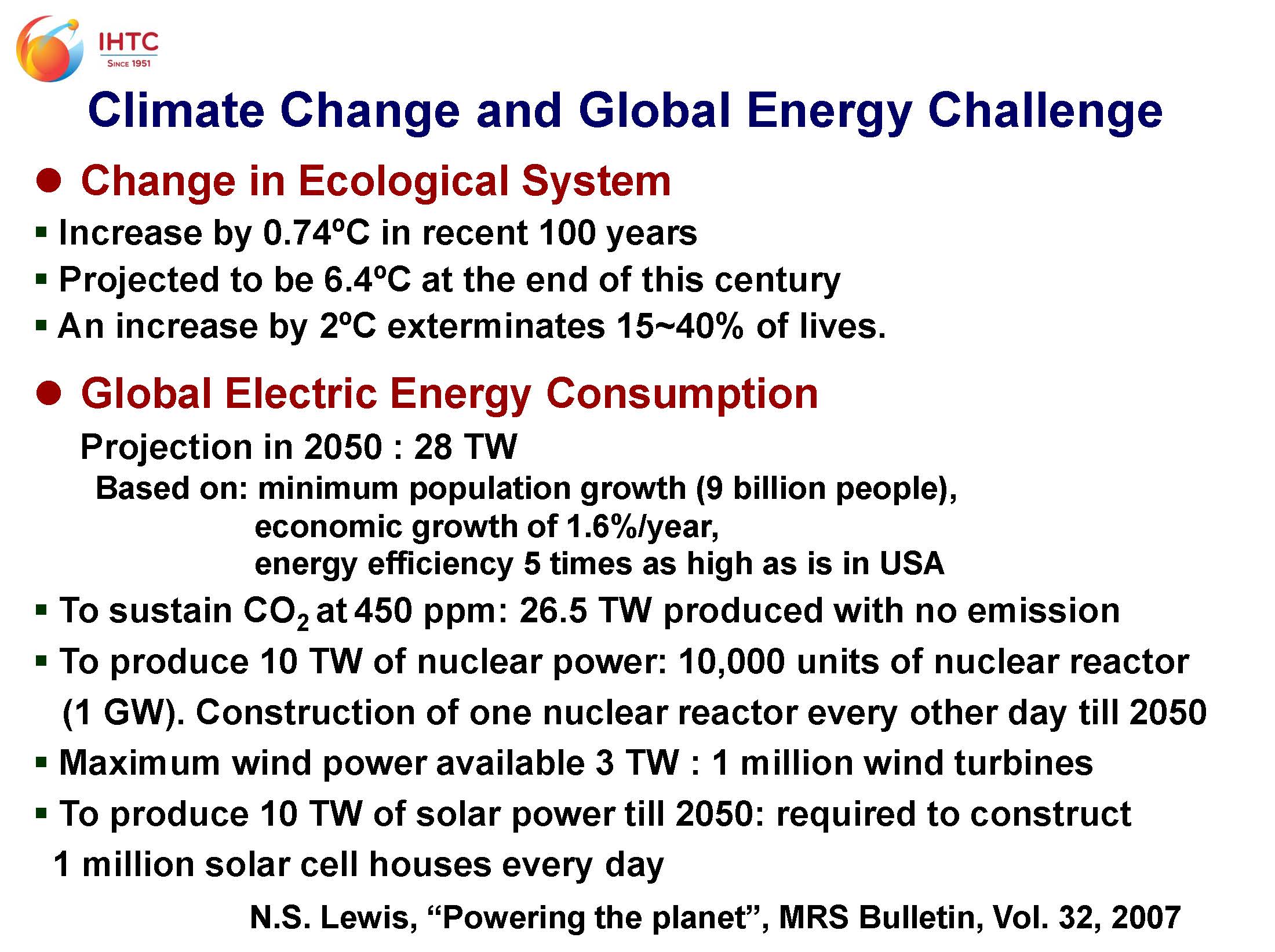

As you know, the global temperature increased by 0.74 degrees in recent 100 years which is projected to be 6.4 degrees at the end of this century if we do not put any extraordinary efforts against temperature rise. Considering the reported increase by 2 degree in Celsius exterminates 15 to 40% of lives, international development strategies is in immediate needs of compressive and systematic promotion of green growth. The global electrical energy consumptions, current consumption is about 14 TW and it could be doubled in the year 2050 that is 28 TW based on very conservative predisposition. I'm wondering actually the CO2 is the main cause of climate change or not but anyway if you want to sustain CO2 level of 450 ppm, 26.5 TW should be produced without emission out of 28 TW. If you cover 10 TW by nuclear power, 10,000 units of 1 GW nuclear reactors should be constructed. In other words, construction of one nuclear reactor every other day until 2050, so you imagine how much it is challenging.
